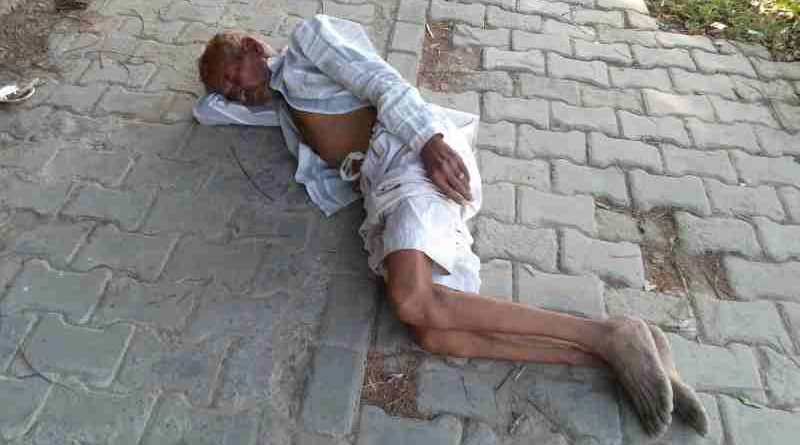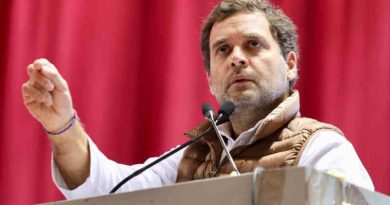More Hunger in India Than in Pakistan, Bangladesh, Nepal: Global Hunger Index

It is believed that political and bureaucratic corruption is the main cause of poverty, pollution, sickness, and hunger in India.
The Global Hunger Index (GHI) 2021 reveals that India has slipped to 101st position in 116 countries from its 2020 position of 94th, which throws India behind its neighbours Pakistan, Bangladesh, and Nepal which are considered poor and underdeveloped countries.
The Global Hunger Index (GHI) is a tool designed to measure and track hunger at the global, regional, and national levels. The report, prepared jointly by Irish aid agency Concern Worldwide and German organisation Welt Hunger Hilfe, termed the level of hunger in India “alarming”.
It is believed that political and bureaucratic corruption is the main cause of poverty, pollution, sickness, and hunger in India. Also, the criminality in Indian politics is exponentially increasing hunger and poverty in the country.
With a score of 27.5, according to GHI, India has a level of hunger that is serious. Eighteen countries, including China, Brazil, and Kuwait, shared the top rank with a GHI score of less than 5, the report released on October 14 said.
The GHI score is calculated on four indicators — undernourishment; child wasting (the share of children under the age of five who have low weight for their height, reflecting acute undernutrition); child stunting (children under the age of five who have low height for their age, reflecting chronic undernutrition) and child mortality (the mortality rate of children under the age of five).
According to the report, the share of wasting among children in India rose from 17.1 percent between 1998-2002 to 17.3 percent between 2016-2020 and the Covid-19 restrictions had a damaging effect on the people of India, which has the highest child wasting rate worldwide.
The report reveals that India’s neighbours like Nepal (76), Bangladesh (76), Myanmar (71), and Pakistan (92) are also in the ‘alarming’ hunger category, but they have fared better at feeding their citizens than India.
According to GHI analysis, the fight against hunger is dangerously off track. Based on current GHI projections, the world as a whole – and 47 countries in particular – will fail to achieve a low level of hunger by 2030.
Dozens of countries suffer from severe hunger. According to the 2021 GHI scores and provisional designations, drawing on data from 2016–2020, hunger is considered extremely alarming in one country (Somalia), alarming in 9 countries, and serious in 37 countries.





